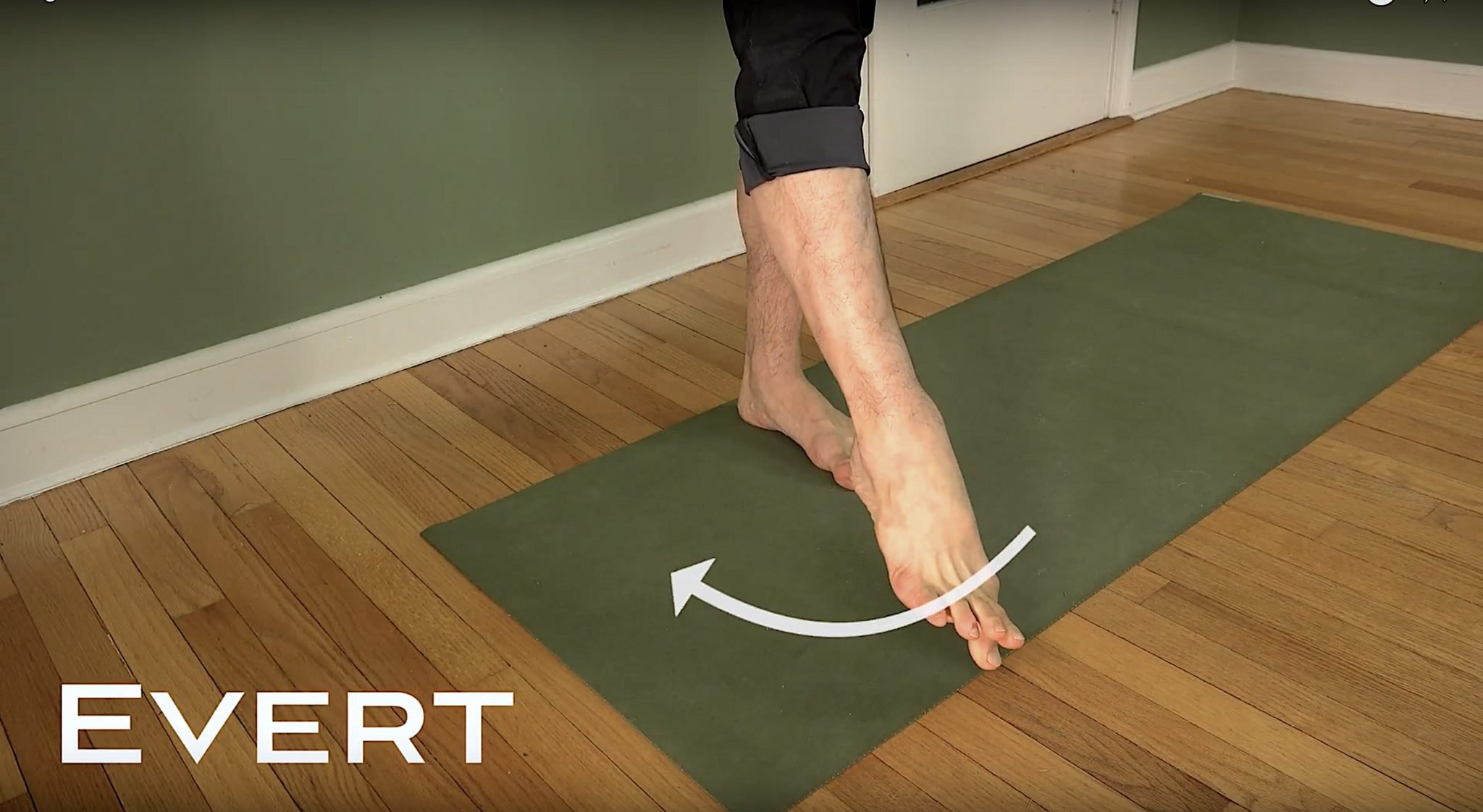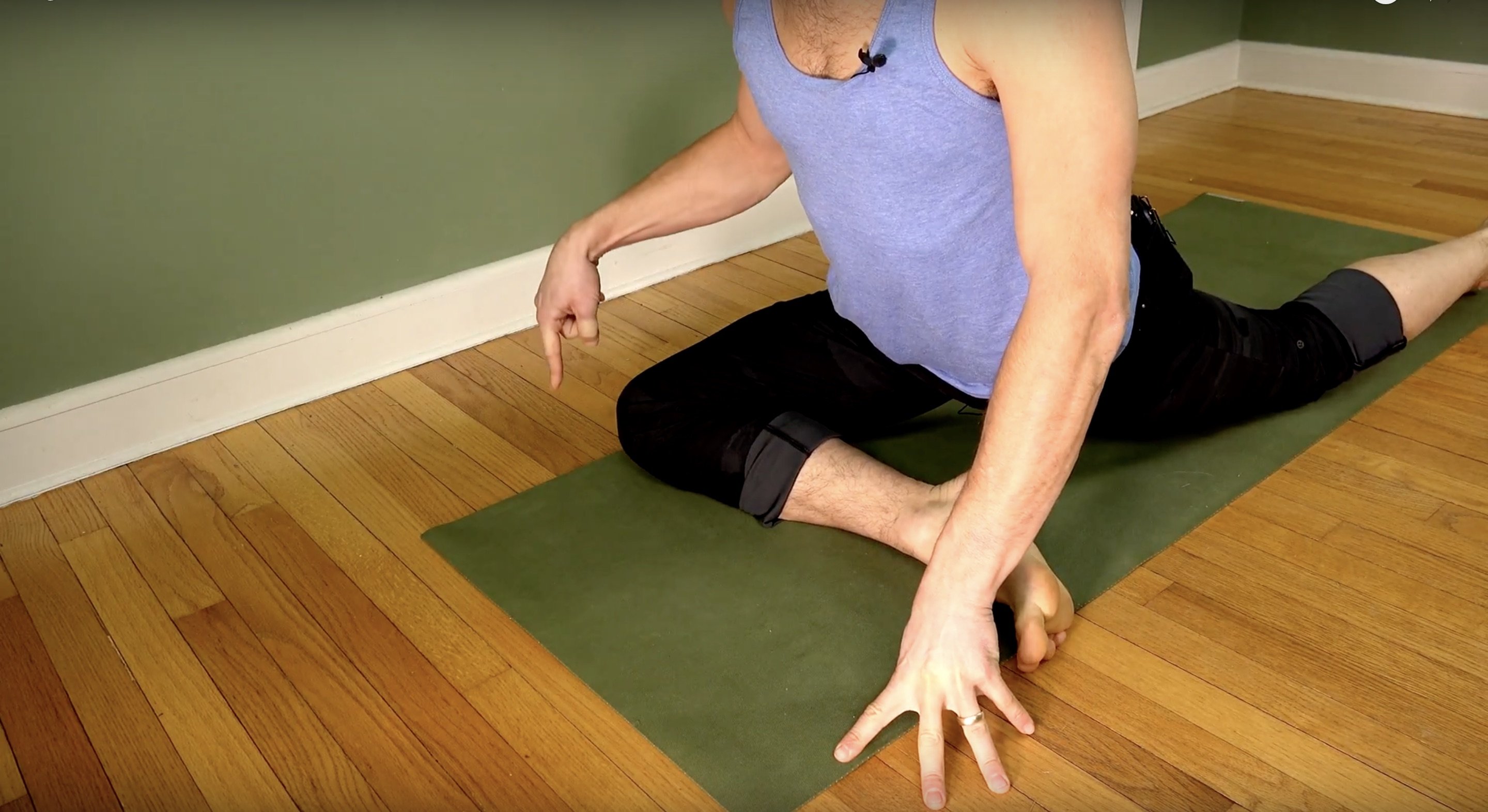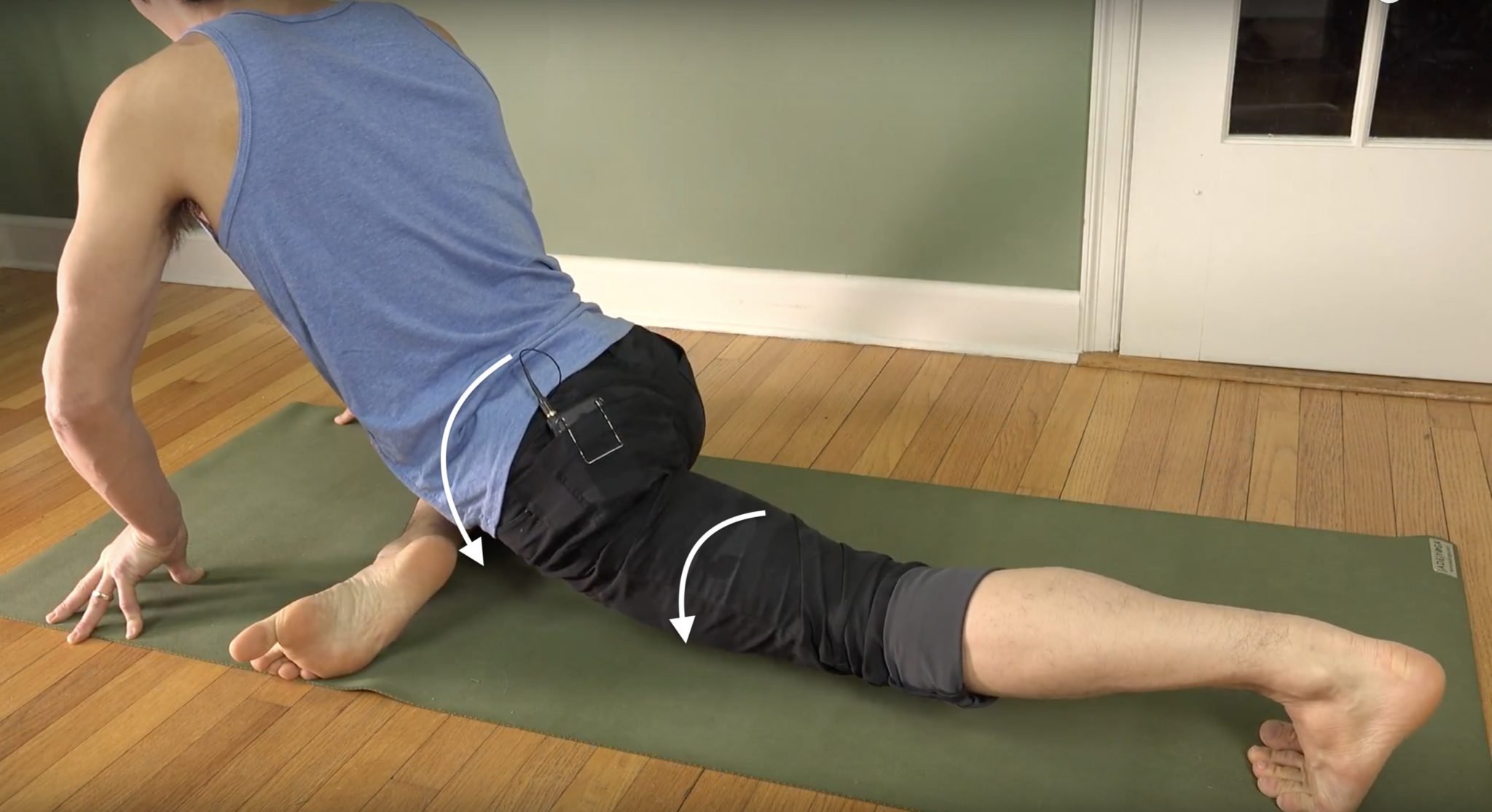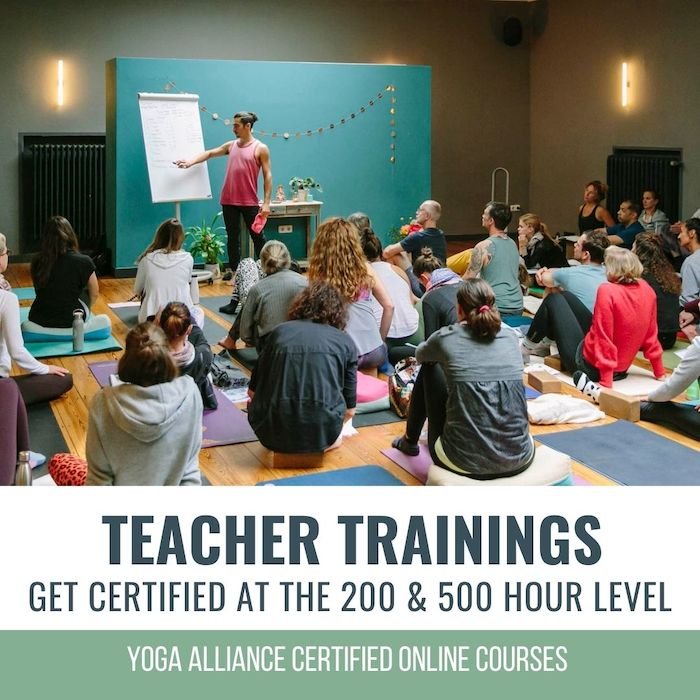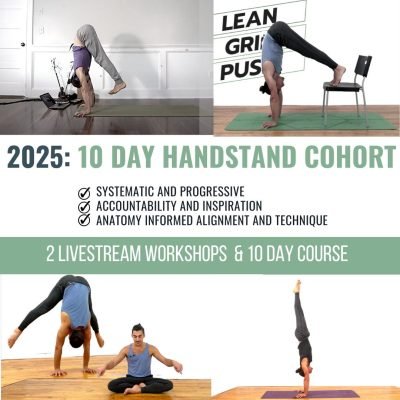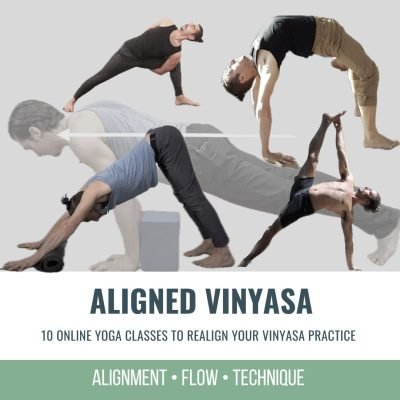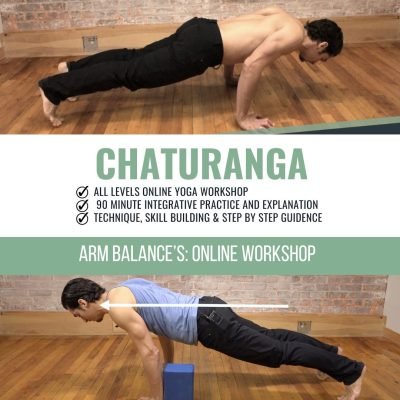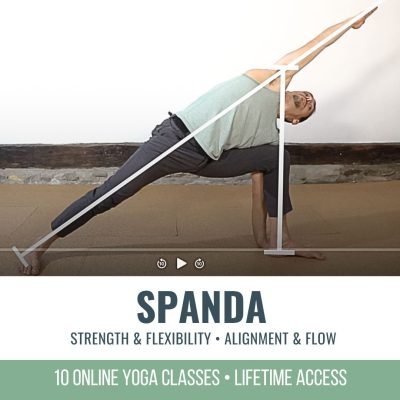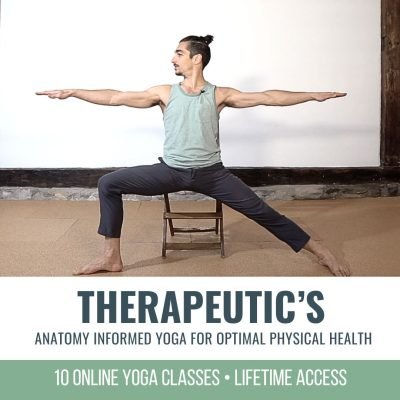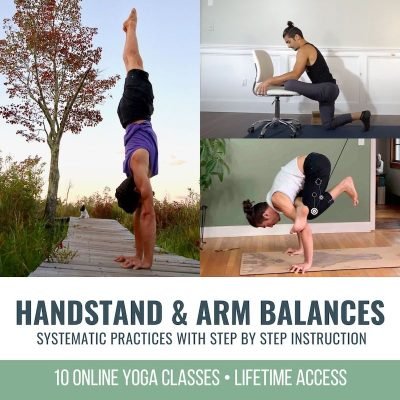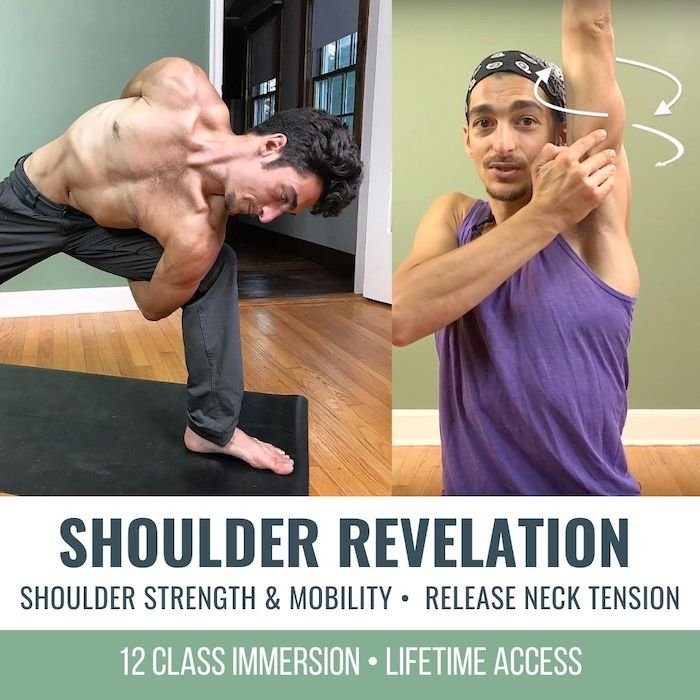Strong Hands For HandstandSTABILITYSTRONG HANDS FOR HANDSTAND When it comes to building strength for handstand, it starts at the base: our hands. Developing strong hands means targeting the wrist flexors, the very muscles that help create a trustworthy foundation....
Janu Sirsasana To Half Lotus
Janu Sirsasana to Half Lotus
Kurmasana
JANU SIRSASANA TO HALF LOTUS
There’s never one single route to a posture we’re exploring. There are individual specifics we always need to consider.
When it comes to hip opening postures like Janu Sirsasana and Half Lotus, we may believe that they are very close in terms of the amount of hip range of motion that is required. This may be true for some people but not for others and comes back to what we’re individually experiencing in our bodies. We may experience tightness or pain in either posture. While there can be a direct connection between hip range of motion and knee pain, there are actions and steps we can take to make access to these postures more available. In today’s video, Matt demonstrates techniques we can implement that reduce hip tightness while increasing hip range of motion.
ITALY RETREAT
REGISTRATION NOW OPEN
- Spa & Yoga Retreat
- Close to the coast line and beaches
- 2 spa days included (sauna, hot tub, Turkish bath)
- Morning and early-evening yoga with Matt
- Daytime free for adventures or to enjoy Ayurvedic massage and treatments
- Connect with incredible yogis from around the world!
- ALL LEVELS and all ages 18-85 appropriate
- Skillfully guided experience: yoga, meditation, breathwork
- Biomechanics and inspirational philosophy
- Welcoming and communal group of yogis!
FIX FOR KNEE PAIN
Both postures require external rotation of the hip. Yes, Half Lotus will require more, but we can still pay attention to the sensations we feel when setting up in Janu Sirsasana. The first thing we can do in the attempt to alleviate hip pain is to use support from props. The other “fix,” of course, would be to explore other postures that contribute to and develop increased hip range of motion.
In the Janu Sirsasana variations Matt demonstrates in the video, we see that he uses both towels and blocks to prop up either his entire body or the bent knee for support.
As far as other postures go, it’s often about activation of the muscles we’re trying to lengthen.
If we’re exploring Janu Sirsasana, then working intelligently on the variation that helps us practice without pain will be vital in our development towards Lotus Pose.
WATCH THE VIDEO
JANU SIRSASANA TO HALF LOTUS: LESS TIGHTNESS, MORE RANGE
JANU SIRSASANA VARIATION
Matt jumps straight into Janu Sirsasana variations at the beginning of the clip.
He starts us off in a variation with a twist and a bind, which is a deep stretch for the hips. What we need to pay attention to here is both the amount of external rotation and potentially the activation of the muscles that surround the hip joint.
We can give ourselves our own adjustment by using the hand to externally rotate the thigh and/or by pressing the knee down towards the floor for muscle activation.
200 HOUR ONLINE TEACHER TRAINING
GET CERTIFIED & DEEPEN YOUR YOGA PRACTICE
- Deepen your yoga practice
- Build confidence speaking in front of groups in person and online
- Learn foundational class structures and templates
- Learn techniques for a wide range of yoga postures
- Get certified and highly qualified to teach yoga
- Yoga Alliance Globally Recognized Certification Program
STANDING HALF LOTUS
Whether we’re standing or sitting, the same principles apply. It’s never a good idea to force ourselves into a posture! Here are the steps:
- Bring the ankle up so that the shin of the lifted leg is parallel to the ground
- Use a self-adjustment to externally rotate the hip
- Bring the lifted leg out to the side (to help with hip tightness)
- Once the heel has been moved towards the belly button, the knee can be lowered down towards the ground
Before lowering completely into an Uttanasana position, Matt offers more variations, in which we get the opportunity to bind the hands.
This standing position might be the direct route to Half Lotus we’re looking for, due to our increased ability to rest the ankle of the bent leg across the standing leg. This can only be achieved when the tightness subsides and more range of motion is realized.
300 HOUR ONLINE TEACHER TRAINING
GET 500 HOUR CERTIFIED AS A MASTER TEACHER
Master your skill set as a teacher through refined techniques, anatomy, biomechanics, sequencing, philosophy, meditation techniques, theming, yoga business, and much more!
- Get 500 hour certified
- Learn anatomy, biomechanics, asana techniques
- Expand your teaching skills
- Masterful sequencing and verbal delivery
- Learn meditation and breathwork techniques
- Transformative tools: theming, dharma talks, satsang
SUPPORT AND EXECUTE
Taking deliberate action and being very intentional about how we move and combine these two postures will indicate how much hip range of motion we develop.
In the final portion of today’s clip, Matt demonstrates the “baby cradle” movement with the bent leg. This helps us safely guide the bent leg out further, which is one of the vital actions to reduce tightness in the hip.
Whether we opt for the bind variations or not, we are still mindful about how we set the hips in the Half Lotus variation. Using props to support the knee can serve as a reminder to encourage more external rotation. When we do this, we are actively supporting ourselves and providing ourselves with the ability to execute these deep hip-opening postures with more intelligence and ease.
Don’t miss your opportunity to register for Matt’s upcoming retreat in Italy. The Early Bird Options are closing soon!
The 200 Hr. Teacher Training: Click Here to See the Next Start Date
The 300 Hr. Advanced Teacher Training: Click Here to See the Next Start Date
Article by Trish Curling
Video Extracted From: Hips & Hamstrings Immersion
ONLINE ANATOMY COURSE
- Accessible, exciting, and easy to learn
- Anatomy and biomechanics for yoga
- Appropriate for both teachers and students
- Learn joint alignment vs pose alignment
- Demystify yoga poses and transitions
- Release aches and pains
- Learn how to avoid common injuries
- Caters to all levels with modifications and props
- 20 hours Continued Education Credits with Yoga Alliance
- 20 hours toward Chromatic Yoga Certification and 300 Hour
- Lifetime access
Continue Learning
Strong Hands For Handstand
Handstand Actions
Handstand ActionsLEAN, GRIP, PUSHHANDSTAND ACTIONS Handstand isn’t something we conquer in a single class, it’s a layered process that demands repetition and refinement. There are certain key handstand actions that are non-negotiable: lifting the shoulders up to the...
Handstand Mechanics
Handstand MechanicsINVERSIONHANDSTAND MECHANICS Stability, strength, and coordination come together in the pursuit of mastering handstand mechanics. One of the most critical foundations is internal rotation at the hip joints, which can aid with certain entries and...
Stable Sirsasana
Stable SirsasanaHEADSTANDSTABLE SIRSASANA Creating a stable Sirsasana is less about the final pose and more about the mechanics that lead us there. From weight transfer and spinal alignment to hamstring flexibility and shoulder engagement, each layer matters. Unlike...
Explore Hip Rotation
Explore Hip RotationSURYA YANTRASANAEXPLORE HIP ROTATION Hip rotation isn’t just an anatomical concept—it’s an open invitation to become more intimate with our body’s story. In yoga, we often live in lateral (external) rotation, especially in hip-opening postures....
Step Up Your Side Plank
Step Up Your Side PlankVASISTHASANASTEP UP YOUR SIDE PLANK Side Plank might look simple, but true proficiency starts in the details. One of the keys to refining the posture is learning how opposing muscle groups create an isometric contraction—a subtle engagement that...
THE FREE TECHNIQUE PACK
When You Subscribe, You Will Get Instant Access to
- the Technique Pack: 15 yoga pose breakdowns
- exclusive online course discounts
- exclusive blogs and videos





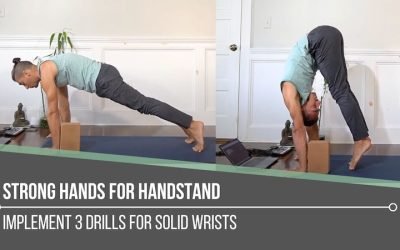





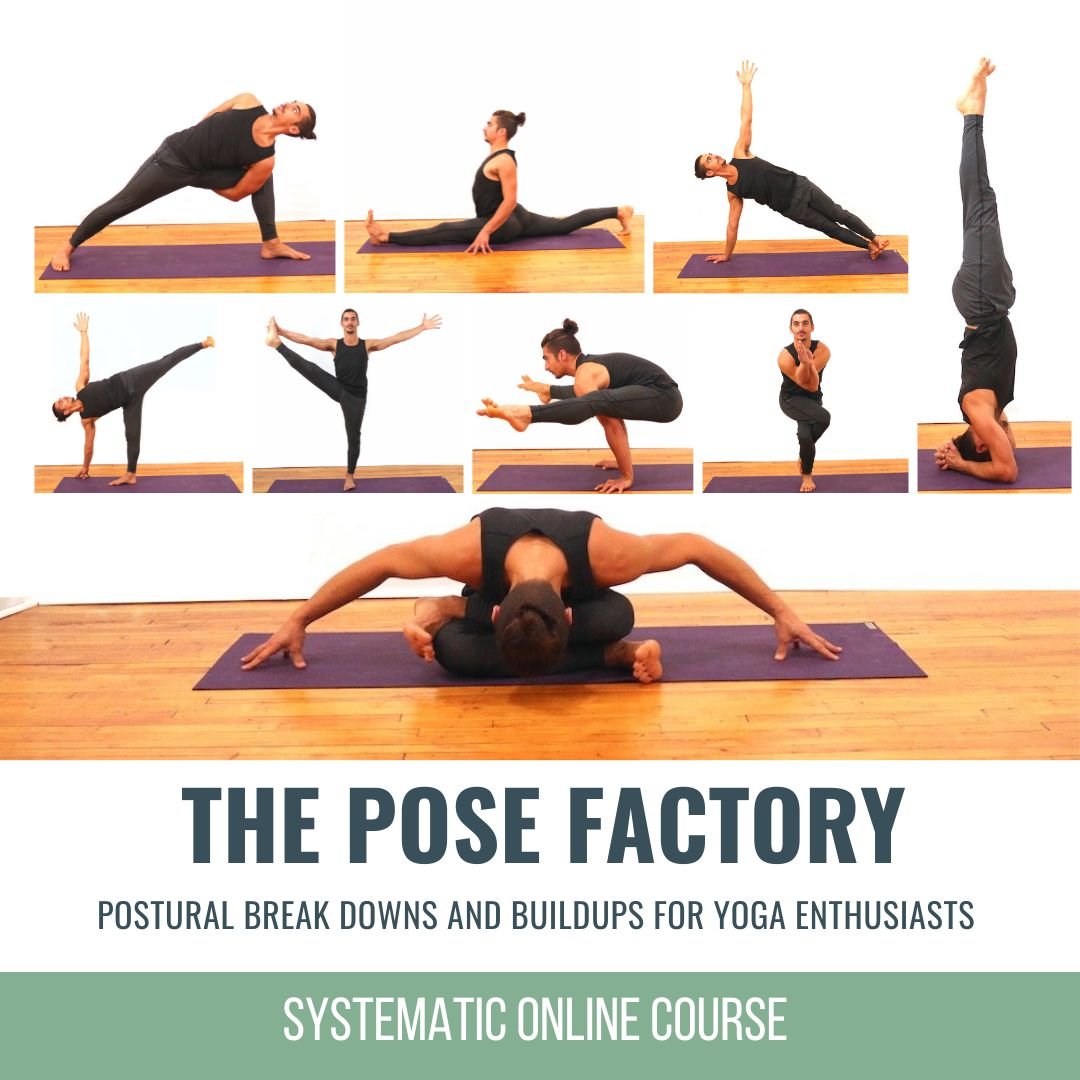
![Archna Mohan chromatic yoga backbend techniques: 12 classes [backbend technique to relieve back pain "bowing the spine']](https://www.theyogimatt.com/wp-content/uploads/2021/10/Archna-Mohan-chromatic-5.jpg)
